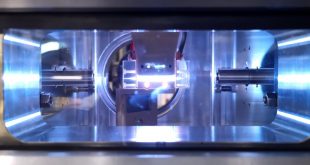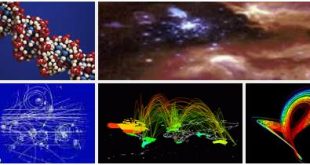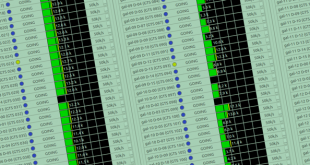Over 40 years ago, the measurement of X-ray transitions to the fundamental level in kaonic deuterium—an exotic atom where an electron is replaced by a negatively charged kaon (a particle composed of a "strange" quark and an "up" anti-quark)—was identified as a crucial experiment in kaon physics at the low-energy frontier.
Read More »Home
È online il nuovo sito dedicato al progetto PNRR Rome Technopole
È online il nuovo sito dei Laboratori dedicato alla partecipazione dei LNF al progetto PNRR Rome Technopole, il primo polo multi-tecnologico per la didattica, la ricerca e il trasferimento tecnologico nei settori della transizione energetica e sostenibilità, della trasformazione digitale e in ambito bio-farmaceutico e salute.
Read More »Prima luce laser con un acceleratore al plasma
Il team di ricerca del gruppo SPARC_LAB dei LNF ha dimostrato che la tecnica di accelerazione al plasma permette di ottenere un fascio di particelle di alta qualità confrontabile con quelli prodotti dagli acceleratori tradizionali.
Read More »Cherenkov radiation
This article discusses the phenomenon of the emission of Cherenkov radiation, whereby a particle moving in a medium can move faster than the speed of light in the same medium.
Read More »Un viaggio nella complessità
Questo percorso presenta i sistemi complessi analizzando alcuni esempi dal pendolo semplice ai mercati finanziari, a internet e alla fisica delle particelle elementari, passando attraverso il caos, i frattali e i processi stocastici.
Read More »L’interazione forte in sistemi con stranezza
Il 19 luglio si è concluso con successo il primo periodo di presa dati da parte dell’esperimento SIDDHARTA-2 installato sul collisore DAFNE.
Read More »Dalla collisione alla pubblicazione
L'articolo è una guida per la comprensione dei passi in un esperimento di fisica delle particelle che portano dalla raccolta dei dati alla pubblicazione scientifica.
A cura di A. Gozzellino
Risorse per studenti – materiale per elaborati maturità
I LNF propongono una selezione di materiali didattici - video, dispense e percorsi divulgativi - per approfondire i principali temi di fisica moderna.
Read More »Tycho’s data
By Paolo Rossi, theoretical physicist and science historian For many centuries astronomy has been the science which most acquired and used huge amounts of data. A good example of the extraordinary results obtained with this practice is the discovery of Kepler’s laws of planetary motion, starting from the observations performed by the Danish Tyge Ottesen Brahe (1546-1601). Of noble birth, Brahe soon showed a strong interest in astronomy. However, both for the eclipse of 1560, and for the conjunction of Jupiter and Saturn of 1563, he noticed the lack of precision in the predictions based on the data available at this time. Therefore, he devoted himself to improving them substantially, realizing the large observatory of Uraniborg. The results collected in thirty years’ time allowed him to debunk the immutability of the celestial world, by demonstrating the supernova of 1572 and the comet of 1577 must have been very far from the Earth, since their position in the celestial sphere did not change during the day and so they were external to the sublunary world, unlike what argued by astronomers and philosophers. The precision of Tycho’s observations (the Latin name used by Brahe) exceeded of an order of magnitude all the previous results, reducing the error to one arcminute, which was the best you could get with the naked eye. Against the Copernican hypothesis of a moving Earth, Tycho tried to fit the data with his own prejudice formulating a model in which the Sun rotates around the Earth, but the …
Read More »In the galactic zoo
The deep learning of the Universe
by Viviana Acquaviva
 INFN-LNF Laboratori Nazionali di Frascati
INFN-LNF Laboratori Nazionali di Frascati







